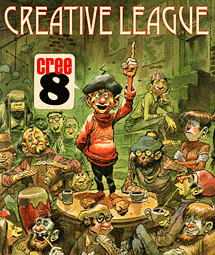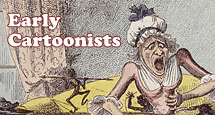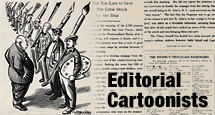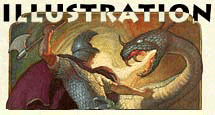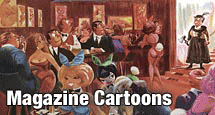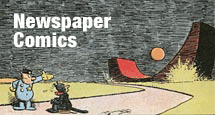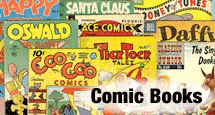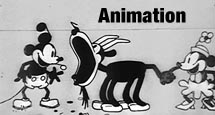During Members Appreciation Month, Animation Resources is hosting weekly events on its Discord server. Join us every Sunday during Members Appreciation Month to participate in discussions and network with fellow artists from all over the world. The doors open at 4:30 pm (PDT) and the get together begins at 5:30 pm.
This week, Board Member David Eisman will be talking about animation analysis- breaking down examples of morphs, depiction of weight and perspective turns. There will be lots of solid info you can use in your own animation.
DISCORD SUNDAY HANGOUT:![]()
ANIMATION BREAKDOWN ANALYSIS![]()
JOIN US At The Animation Resources Discord Server
SUNDAY FEBRUARY 20th, 2022 5:30 pm (PDT)
HOSTED BY DAVID EISMAN AND STEPHEN WORTH
Animation Resources is one of the best kept secrets in the world of cartooning. Every month, we sponsor a program of interest to artists, and every other month, we share a book and up to an hour of rare animation with our members. If you are a creative person interested in the fields of animation, cartooning or illustration, you should be a member of Animation Resources!
ABOUT YOUR HOSTS
David Eisman is a member of the Board of Directors of Animation Resources and manages our Pinterest account and curates for the Reference Packs
Stephen Worth is the President of Animation Resources and has been an animation producer for over 35 years.
ABOUT DISCORD
Discord is a free chat app that supports video, voice chat and text chat. Discord servers are divided into channels, which all have their own subject or theme of discussion. Members are assigned roles which helps everyone keep track of who’s who. The Animation Resources Discord channel is a virtual meeting place for our supporters. You can meet other Animation Resources members, talk with the people behind the scenes at our organization, and attend lectures and screenings— all without leaving your home. It’s free and open to everyone in the creative community. If you’d like more info on how Discord works, see this article: What is Discord?
Here’s how to install the Discord app and login to the Animation Resources Discord Server:
- 1. INSTALL DISCORD
- iPhone or Android: Download the app from the App Store or Google Play Store and install.
- Desktop: You can access Discord for your Mac or PC from discordapp.com. You can choose to download and install the free Discord app, or enter our channel directly using your web browser. https://discord.gg/cuvNvsMNQP
- 2. CREATE AN ACCOUNT
- Just follow the prompts to create your own login account.
- 3. JOIN THE ANIMATION RESOURCES CHANNEL
- Click the plus sign to the right of the app and select "JOIN A SERVER".
- Enter this invite code: vES5YsV
- 4. YOU’RE THERE!
- Take a moment to look around, read the rules and introduce yourself.
The Animation Resources Discord Server is open to the public right now. Pop in and look around, and make a point to visit on Sunday!
It’s Members Appreciation Time again at Animation Resources, and for the next 30 days we will be sharing reasons why you should be a member of our important project. For more information on the benefits of membership, see the Member Appreciation Page. It’s easy to join. Just click on this link and you can sign up right now online…
JOIN TODAY!
https://animationresources.org/membership/levels/
![]()
![]() Animation Resources depends on your contributions to support its projects. Even if you can’t afford to join our group right now, please click the button below to donate whatever you can afford using PayPal.
Animation Resources depends on your contributions to support its projects. Even if you can’t afford to join our group right now, please click the button below to donate whatever you can afford using PayPal.





